Highland Regional ScARF
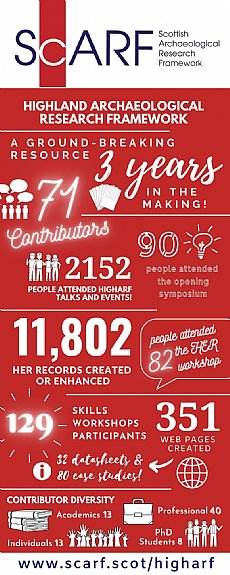 After 3 years of work, the Highland Regional ScARF launched on 29 Sept 2021. For the first time it provides an overview of Highland heritage, from the Palaeolithic to modern times, looking at what we know, what is the same or different from the national picture, and what research questions and recommendations emerged. It has been published on the ScARF website.
After 3 years of work, the Highland Regional ScARF launched on 29 Sept 2021. For the first time it provides an overview of Highland heritage, from the Palaeolithic to modern times, looking at what we know, what is the same or different from the national picture, and what research questions and recommendations emerged. It has been published on the ScARF website.
ARCH led the project, with the Highland Historic Environment Team an active partner. Using ARCH's network, the project involved a large number of contributions from organisations and individuals. Much of this was written during the Covid pandemic, creating a number of challenges, including lack of library access and curtailed community engagement.
The project started with a symposium in June 2018 to provide a basic idea of current state of knowledge and to invite comments on research topics. Videos from the Highland Regional ScARF June2018 symposium are available on the Highland ScARF YouTube channel
The first year and a half were then devoted to data. Project officer Grace Woolmer worked at the Highland Council, doing data cleansing and new input at the Highland Historic Environment Record (HER). It was realised early on that information about finds was particularly incomplete, and Susan Kruse of ARCH contacted and visited museums and archives for information, which Grace then uploaded to the HER. A complementary grant from the Pilgrim Trust allowed finds information to be included into the HER. The intent is to provide links from Canmore to this information in the future.
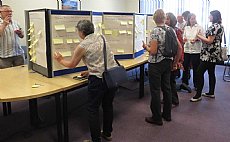 The chapters are a collaboration by a number of people, and many others answered queries during the three years. The project also involved active outreach, with HER workshops, talks, and skills workshops on Prehistoric pottery, lithics and bone analysis. ARCH organised volunteers to help with cataloguing at museums, doing an audit at Dunrobin Castle Museum and regular cataloguing at IMAG until lockdown.
The chapters are a collaboration by a number of people, and many others answered queries during the three years. The project also involved active outreach, with HER workshops, talks, and skills workshops on Prehistoric pottery, lithics and bone analysis. ARCH organised volunteers to help with cataloguing at museums, doing an audit at Dunrobin Castle Museum and regular cataloguing at IMAG until lockdown. 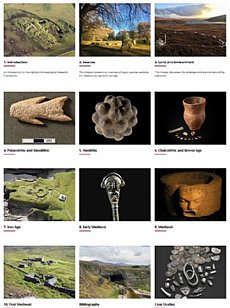
The Highland Regional ScARF is aimed at a wide variety of people, including academics and researchers, general readers, community groups who may want to learn about and promote their local heritage in context, tourism agencies and tour guides, museums and commercial units. The chapters provide indepth summaries, but there are also over 80 case studies (and more planned for the future). Datasheets are included for downloading, including listings of known radiocarbon dates, treasure trove finds, locations of human remains and thematic lists. These are incomplete, but can be added to in the future. They will of interest for anyone wanting to do further research.
The structure of ScARF is chronological to allow comparisons with national ScARF and other regional frameworks. There are also chapters discussing useful sources, and a multi-period discussion of Land and Environment. Comments, corrections and new information all invited, so that HighARF can continue to grow and respond to new developments.
https://scarf.scot/regional/higharf/
.png)
![]()
Latest News...
12/08/2025 - ARCH August 2025 Newsletter now available
The August 2025 ARCH newsletter is now available to download from the Library. It contains... More >>
30/03/2025 - Dingwall Station Online display
The latest online display available on the website is Dingwall Station, originally made du... More >>
27/02/2025 - ARCH February 2025 Newsletter now available
The February 2025 ARCH Newsletter is now available to download from the Library on the ARC... More >>
Site of the Month
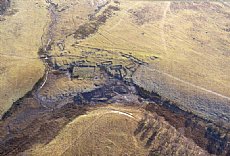 10/04/2021 - Easter Raitts township
10/04/2021 - Easter Raitts township
Easter Raitts township Photo: Highland HER Although the Highlands is dotted with de... More >>
Find of the Month
These stone vessels, many with handles, were found at a variety of sites in Sutherland and... More >>

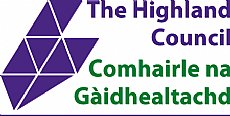
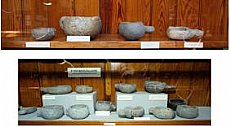 25/07/2022 - Steatite Vessels
25/07/2022 - Steatite Vessels